Repair any leaks. If you notice a musty odor in a room, inspect for hidden leaks or hire a professional.
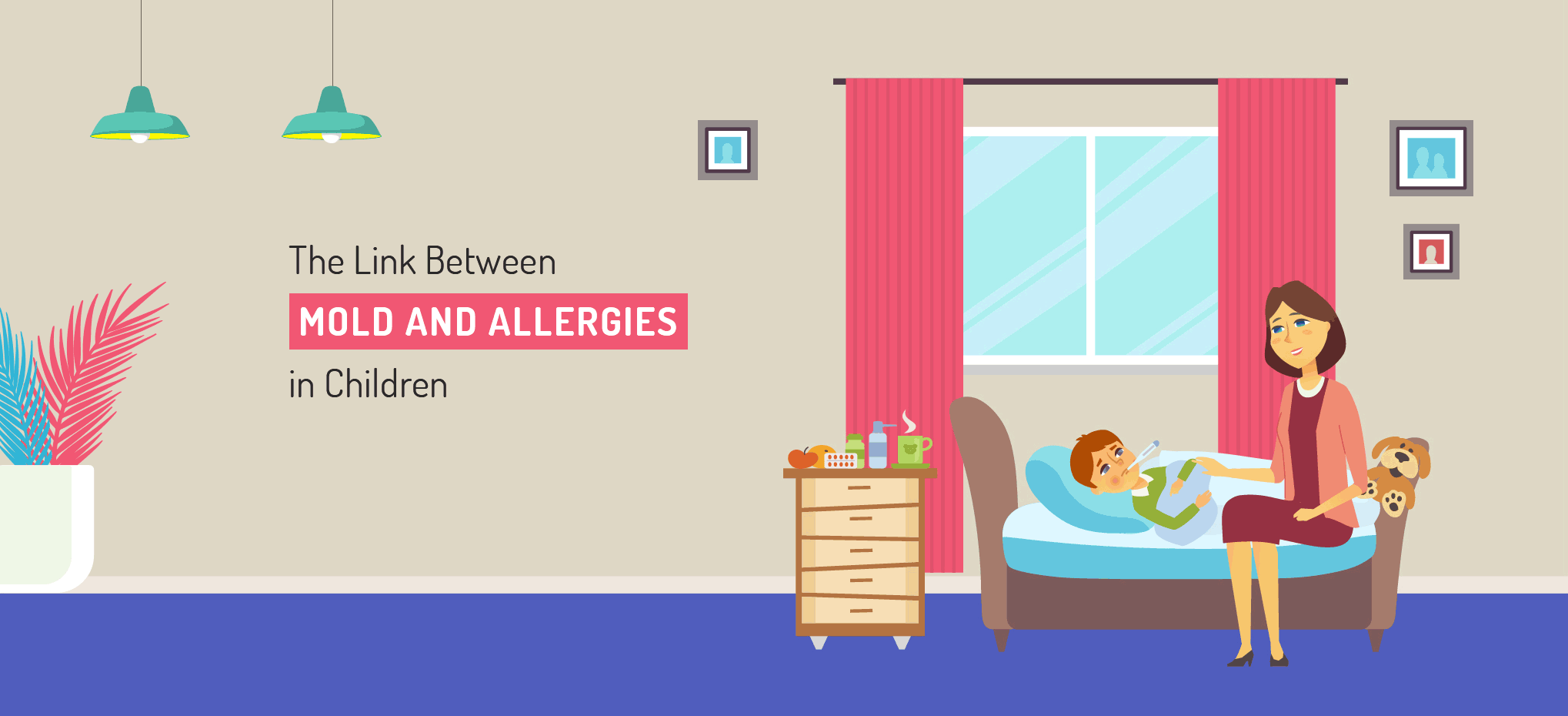
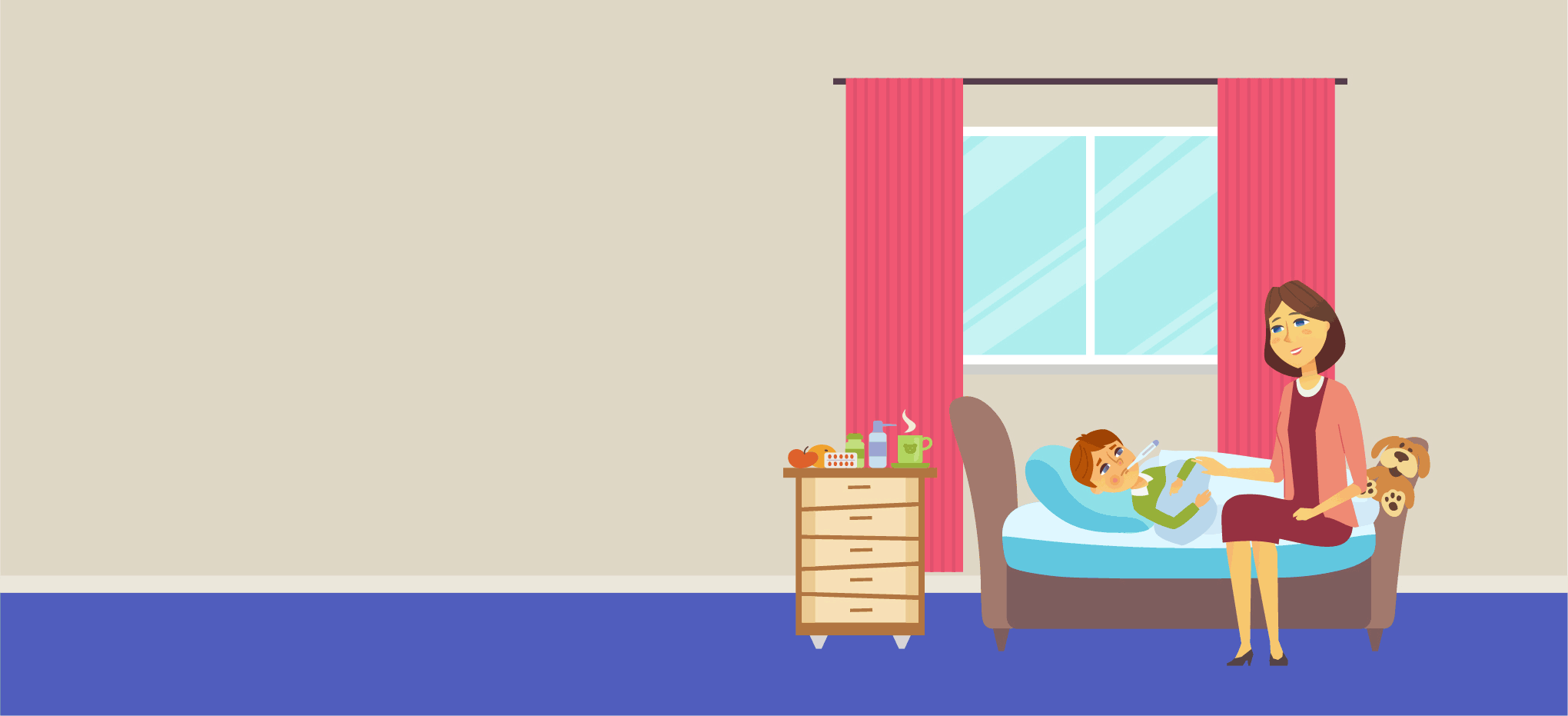
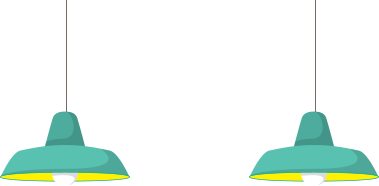











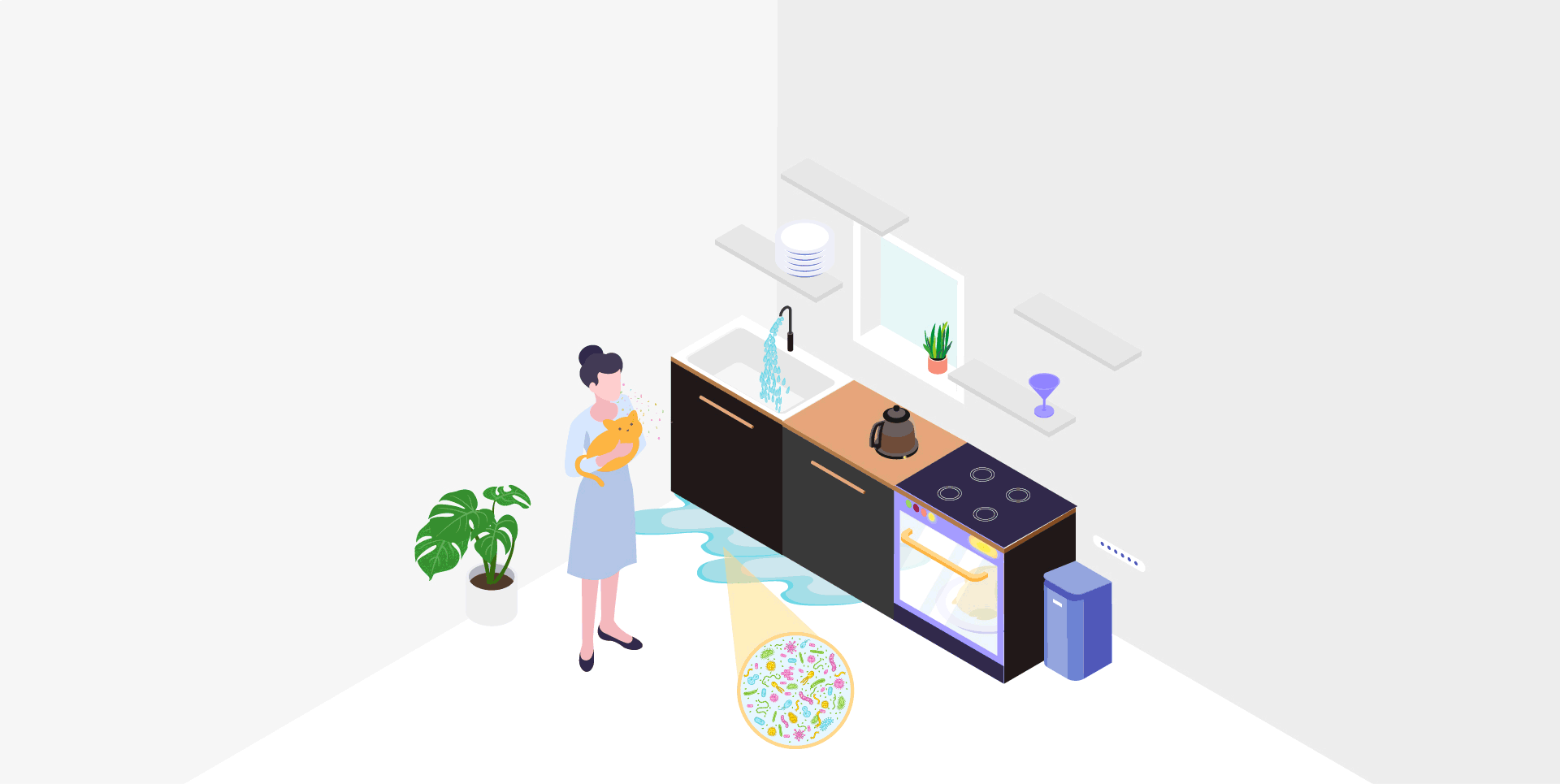
One in three homes has mold, according to a report by the National Center for Healthy Housing. There are multiple species of mold and it is a fungus that grows in all types of environments. In fact, research suggests that three species of mold are more common in the homes of infants who later develop allergies and asthma. So, where does mold even begin?
Mold spores emerge by the thousands and require two things for survival: warmth and moisture. In fact, spores are everywhere, waiting to be watered to start spreading. They can be found inside the home at any time of the year. They thrive in damp, shady areas, from the pile of leaves in your front lawn, wet soil, and even the bathroom sink. While a clean surface is not a breeding ground for mold spores, the leftover grease and soap scum are.

Today, more than six million children in the United States have asthma. Reports claim that one in twelve Americans are affected with asthma and the numbers will continue to rise over the next three decades. Nearly 10% of the general population, including children, is sensitive or allergic to mold, based on a 2015 study in Allergy, Asthma & Immunology Research. While genetics play a strong role, so does the home environment. Ingesting mold spores – the hidden airborne seeds of mold – can lead to itchy eyes, runny noses, wheezing, sneezing, and coughing.
Between 2001 and 2003, researchers collected dust samples from 289 infants around the age of eight months. At the age of seven, the children had undergone tests for skin allergies and asthma. The study revealed that babies exposed to high levels of household mold have a higher chance of developing multiple allergies during their later years, according to the University of Cincinnati.
The connection between mold and allergies is complicated and not fully understood by physicians. However, more evidence shows that if the parent has an allergy-triggered form of asthma, the child will become more prone to allergic diseases. Unfortunately, researchers are discovering that mold allergies are more than just hereditary. Further research claims that children who live in a home with signs of visible mold and water damage will have double the chances of developing asthma – even if their parents have no history from the disease.
Mold allergies are particularly risky in children. Most kids with asthma and allergies tend to react more harshly to mold than other triggers. As such, if your child already has asthma, it is important to try and avoid damp areas inside and outside of the home. These are areas such include farms, barns, freshly-mowed grass, gardens, and buildings, and shopping malls.
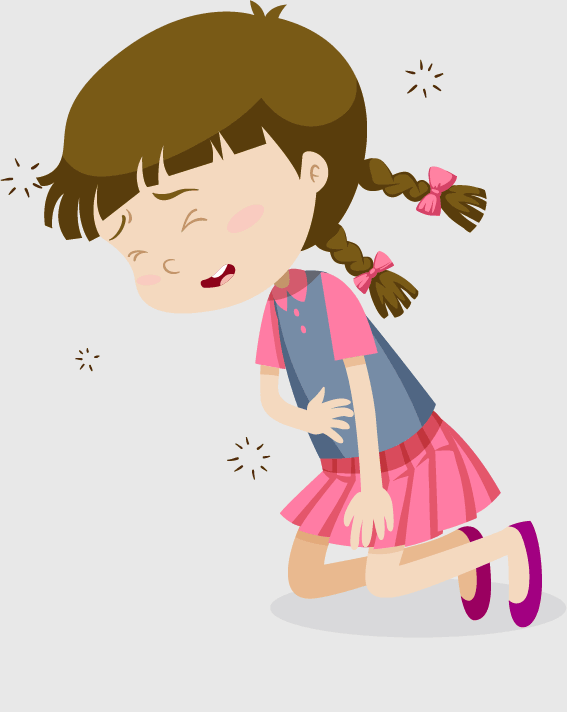
Although all types of household molds may result in troublesome allergy symptoms, the greatest risk for children come from toxic black molds, known as Stachybotrys chartarum. While over 200 types of toxic mold can be identified in the home, molds can produce chemicals called mycotoxins that cause illness in humans and animals. A person exposed to mycotoxins can experience a variety of symptoms including cold or flu indications, sore throat, fatigue, headache, and other health effects.
Black molds produce mycotoxins that create irritation and burning sensations in the mouth, nasal cavity, and throat. What’s more, once they enter the lungs, mucous membranes, and sinuses, the mycotoxins can lead to severe medical conditions. Prolonged exposure to black mold is extremely dangerous, especially in young children, as it increases the risk of hemorrhagic pneumonia and death among infants.
For families that are sensitive to mold, touching or inhaling mold spores can result in more than just the common symptoms but also skin rashes. People with serious mold allergies may have severe reactions, such as the shortness of breath. Those with asthma may also become at risk of an asthma attack.
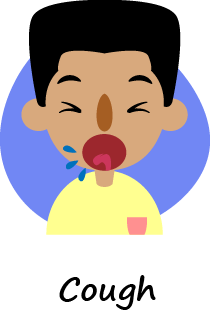
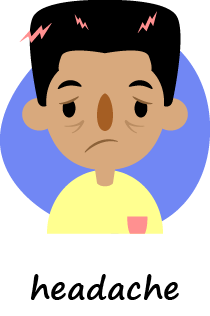
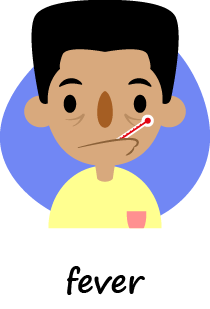
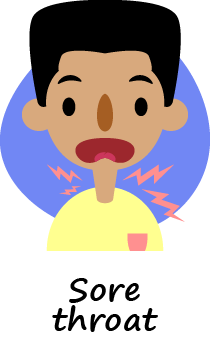
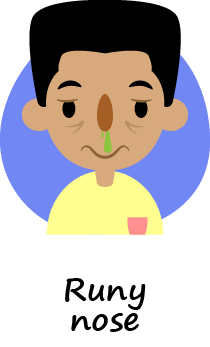
Most parents may dismiss their child’s sneezing as hay fever, but it is important to pay attention to how your child reacts in different locations, such as the backyard or the bathroom. If the pediatrician suspects that mold may be the culprit, they will likely refer you to an allergist for testing. The specialist will test your children with a needle containing common environmental allergies and watch for any signs of an irritant reaction.
When children are mildly allergic to mold exposure, avoiding damp areas may be the only relief they need. However, if your child’s allergies have grown severe, a combination of prescription inhaled nasal steroids, such as Nasonex or Flonase, and an over-the-counter antihistamine, like Zyrtec or Claritin, should help relieve symptoms.

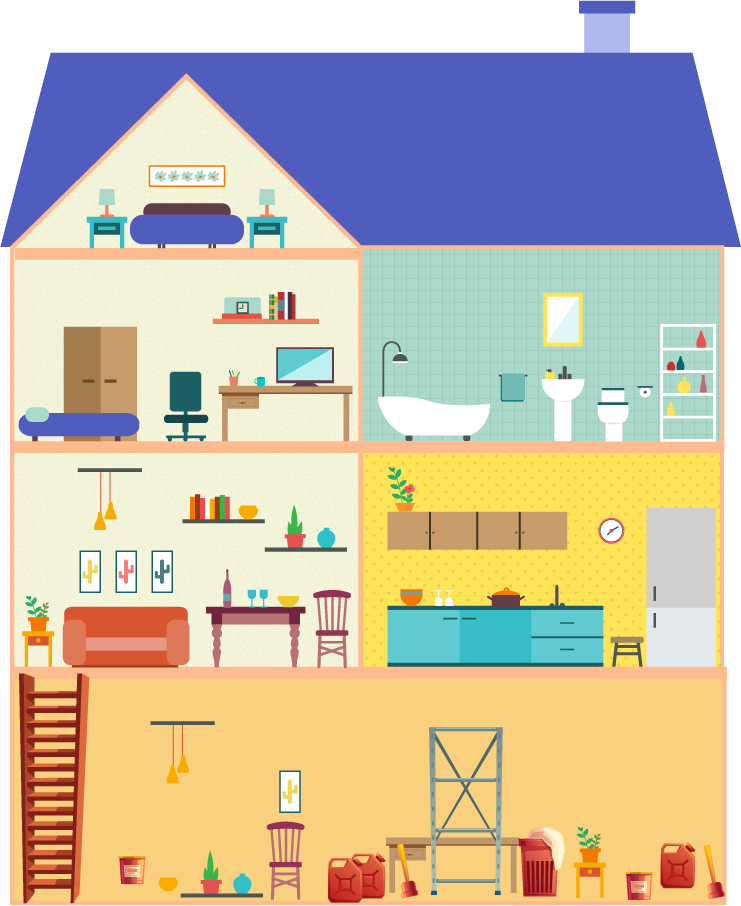
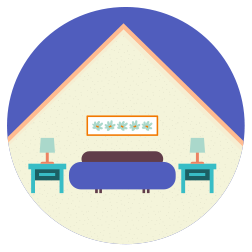
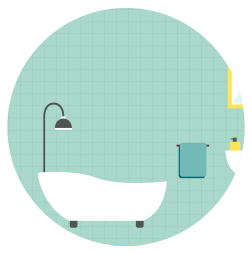
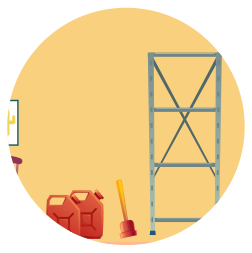
Whether it’s the fuzzy white patches on your basement floor, slimy black spots on your shower walls, or the slick film on your kitchen sink, household mold is more than unwelcoming. Anything that traps moisture is a potential breeding ground for mold, especially in bath toys, humidifiers, teething rings, and even their personal nasal aspirators can result in mold. In many cases, indoor mold can make you and your child ill, especially if you have current allergies or asthma.
Whether your family is already allergic to mold or not, exposure can irritate the skin, eyes, nose, lungs, and throat. So, here’s what you can do to combat the spread of mold and take care of your family at home.
It is impossible to get rid of all mold spores in the home completely. However, reducing moisture is the best way to eliminate and prevent further growth. If there are already signs of mold growing in the home, it is important to undertake a deep cleaning session and fix the issues that are causing dampness. Even if you hire a professional cleaner and choose not to fix the root of the problem, the mold will most likely return.
Exposure of mold in toys should be compared with exposure to a moldy indoor environment. Research suggests that exposure to indoor mold is linked to upper respiratory tract symptoms, wheezing, coughs, and asthma, according to the Institute of Medicine. Using dehumidifiers and air conditioners with certified asthma & allergy-friendly filters will help the cause. These can help trap mold spores and keep them from spreading throughout the entire home. Just be sure to keep humidity levels below 60%.
Avoid freestanding cleaners that treat air with heat, ozone, or electrostatic ions. You can use an exhaust fan or keep the window open in secluded bathrooms, which will help minimize humidity. In the kitchen, monitor all areas of refrigerator drip pans, garbage pails, and door seals.

The number one rule for dealing with wet building materials, wood, and carpets is to act fast and remove them entirely. They cannot be salvaged if they have been soaking wet for more than 36 hours. Your walls, floors, carpets, furniture, and appliances all provide the resources mold needs to thrive. As mold needs moisture, you are more likely to see visible signs in damp crawl spaces and laundry rooms as well.
To make your home less susceptible to mold, the key is to control the levels of moisture and humidity. While mold can grow behind the walls or inside the basement, where it isn’t always visible, you will see signs of dark patches on the surface along with a musty smell. After all, mold contamination can start with a simple drop of water as even a minor roof leak can lead to a major mold problem.
While older homes may be more prone to leaks, this doesn’t mean that newly-built houses are free from risk. New homes are also vulnerable to due energy-efficient doors and windows that keep moisture trapped inside. Check out these tips to help reduce the risk, while keeping your family safe indoors:
 1
1
Repair any leaks. If you notice a musty odor in a room, inspect for hidden leaks or hire a professional.
 2
2
Take advantage of exhaust fans. Incorporate vents in the bathroom, kitchen, basement, and outside of the home.
 3
3
Use washable rugs instead of carpets.
 4
4
Keep humidity levels at 35%, using a small digital humidity monitor. You can also set up a dehumidifier, especially during wet seasons
 5
5
Use a HEPA-filter type air conditioner to remove mold spores in the air. Be sure to change the filter monthly.
 6
6
Close windows when levels of humidity rise to 40%+.
Repair any leaks. If you notice a musty odor in a room, inspect for hidden leaks or hire a professional.
Take advantage of exhaust fans. Incorporate vents in the bathroom, kitchen, basement, and outside of the home.
Use washable rugs instead of carpets.
Keep humidity levels at 35%, using a small digital humidity monitor. You can also set up a dehumidifier, especially during wet seasons
Use a HEPA-filter type air conditioner to remove mold spores in the air. Be sure to change the filter monthly.
Close windows when levels of humidity rise to 40%+.
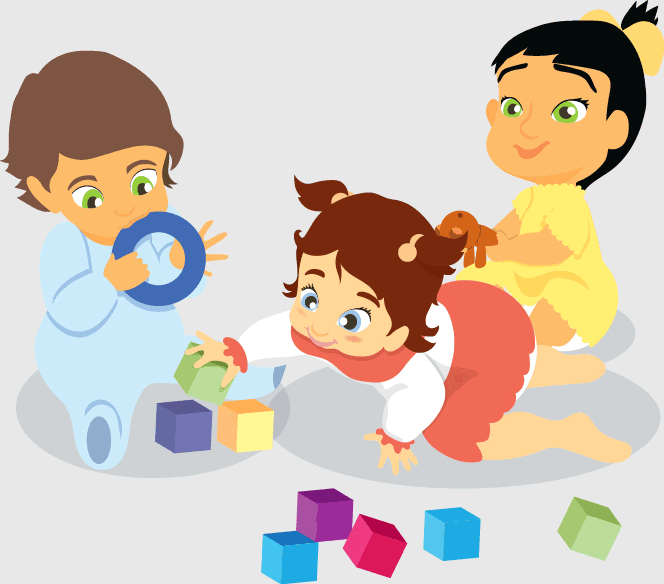
Mold on the outside of a product is usually hard to miss and easy to clean. However, for other objects like bath toys and sippy cups, it can be more difficult to detect. To do this, you can fill them with water and shake it out. If the water releases a dark residue, then you’ve got mold.
So, what can you do about it?
Once the mold has gotten into a product, a quick rinse off will not do the job. For small items like cups and water toys, replacement is the best option. For larger toys, soak them in a mixture of one part bleach with three parts of water overnight. Allow them to air dry and maintain control of their toy area with a dehumidifier.

If you find visible signs of mold in the home, don’t panic. Usually, houses do not need an air-quality test, according to the Centers for Disease Control and Prevention. In addition to being costly, these are no federal standards for safe mold levels and knowing the type of molds won’t make a difference in how to handle it. The most important task is to follow the appropriate steps to removing the mold, hire expert cleaners, and solve the leak that caused the problem in the first place.